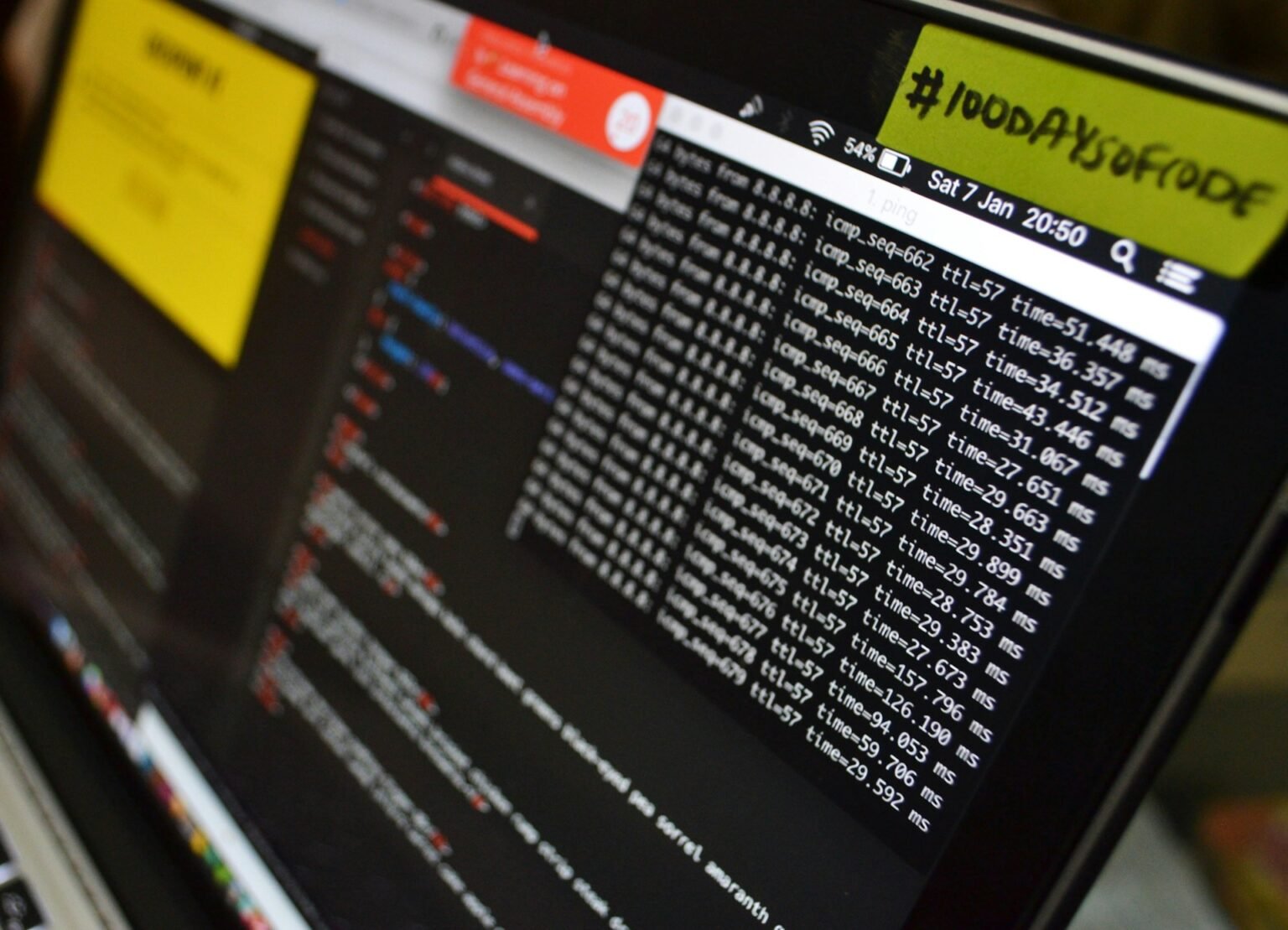When diving into the world of APIs, the term “RPDB API key” is bound to come up. The RPDB API key is an essential component for developers looking to access and integrate the RPDB database with their applications.
Understanding what an RPDB API key is and how to use it effectively can unlock numerous possibilities for your projects. In this article, we’ll walk you through the basics of the RPDB API key, why it’s important, and how you can obtain and use it.
What is an RPDB API Key?
An RPDB API key is a unique identifier that grants developers access to the RPDB database. It’s like a password that lets you into a secure area, ensuring that only authorized users can access the data. Without this key, your application won’t be able to communicate with the RPDB servers.
The RPDB API key ensures that each request to the server is authenticated and secure. This way, the database can keep track of usage, prevent abuse, and maintain security. Understanding how to use this key properly is crucial for any developer working with RPDB.
Why Do You Need an RPDB API Key?
You need an RPDB API key to access the vast amount of data stored in the RPDB database. This key allows you to pull information, send updates, and integrate RPDB’s functionalities into your own applications. Without it, you won’t be able to interact with the RPDB API, limiting your project’s capabilities.
The RPDB API key is also important for tracking usage. It helps ensure that you’re staying within the usage limits and helps the RPDB team monitor and improve their service. This way, everyone benefits from a well-maintained and secure API.
How to Obtain an RPDB API Key
Obtaining an RPDB API key is a straightforward process. First, you need to sign up on the RPDB website. Once you’ve created an account, you can navigate to the API section and request a new API key. This usually involves agreeing to the terms of service and possibly setting up a payment method if the API has usage fees.
After submitting your request, you’ll receive your unique RPDB API key via email or directly in your account dashboard. It’s important to store this key securely and avoid sharing it publicly to prevent unauthorized access.
Setting Up Your RPDB API Key
Setting up your RPDB API key in your application is simple. Most APIs provide documentation that guides you through the process. Typically, you’ll need to include the API key in the header of your HTTP requests. This tells the RPDB server who you are and what you’re allowed to do.
Make sure to test your integration in a development environment before going live. This helps you catch any errors and ensure that everything is working smoothly. Proper setup ensures seamless communication between your app and the RPDB database.
Common Uses of the RPDB API Key
The RPDB API key is used in a variety of applications. From fetching data to integrating complex functionalities, it opens up a world of possibilities. For instance, you can use it to build data-driven apps, perform automated tasks, or enhance existing systems with new data sources.
Another common use is in analytics. By integrating RPDB data, you can gain insights into trends and patterns that were previously hidden. This helps businesses make informed decisions and stay ahead of the competition.
Developers also use the RPDB API key to create interactive dashboards and reporting tools. These applications can pull data from the RPDB database in real-time, providing up-to-date information to users. This functionality is particularly valuable for
businesses that need to monitor key metrics and trends continuously.
Best Practices for Using RPDB API Key
Using the RPDB API key effectively involves following best practices. First, always keep your API key secure. Avoid hard-coding it in your application’s source code, and instead, use environment variables. This reduces the risk of exposure if your codebase is ever compromised.
Second, monitor your usage. Keep an eye on the number of requests you’re making to ensure you’re within the allowed limits. This helps avoid unexpected costs and service interruptions. Regularly review your access logs to detect any unusual activity.
Third, implement robust error handling in your application. Make sure your app can gracefully handle errors such as invalid API keys, rate limit exceedances, or network issues. This ensures that your application remains stable and provides a good user experience even when problems arise.
Troubleshooting RPDB API Key Issues
Sometimes, you might encounter issues with your RPDB API key. Common problems include authentication errors, rate limit exceedances, or unexpected responses. The first step in troubleshooting is to check the API documentation and ensure you’re using the key correctly.
If the issue persists, review the error messages provided by the API. These often give clues about what’s wrong. You can also reach out to RPDB support for help. They can provide insights and solutions to get you back on track.
It’s also helpful to join developer forums or communities where you can share your issues and solutions. Often, other developers may have faced similar problems and can offer advice or workarounds.
RPDB API Key Security Tips
Security is paramount when using an RPDB API key. To keep your key safe, never share it publicly or include it in public repositories. Use HTTPS to encrypt your requests and protect the data in transit. Implement IP whitelisting if the API supports it, restricting access to trusted sources only.
Regularly rotate your API key to minimize the impact of a potential leak. Set up alerts for unusual activity, so you can respond quickly if your key is compromised. Following these tips helps ensure your data and applications remain secure.
In addition, consider using additional security layers such as OAuth tokens or API gateways that can provide more granular access controls and monitoring capabilities.
Integrating RPDB API Key with Your Application
Integrating the RPDB API key with your application involves adding the key to your HTTP requests. Most programming languages and frameworks provide libraries that make this easier. For example, in Python, you can use the requests library to include your API key in the headers.
Test your integration thoroughly before deploying. Make sure your application handles different types of responses, including errors. Proper integration ensures your app can communicate effectively with the RPDB API, providing a smooth user experience.
Additionally, it’s important to document your integration process. This helps other developers understand how to use the API key in your application and ensures that any new team members can get up to speed quickly.
RPDB API Key Rate Limits Explained
Rate limits are restrictions on the number of requests you can make to the RPDB API within a certain timeframe. These limits prevent abuse and ensure fair usage among all users. If you exceed the rate limit, your requests might be throttled or denied until the limit resets.
Understanding these limits helps you design your application to handle them gracefully. Implementing retry logic and backing off strategies can help manage rate limit exceedances without disrupting your service.
It’s also a good practice to log the rate limit information returned by the API. This data can help you monitor your usage patterns and make adjustments as needed to stay within the allowed limits.
Case Studies: Success Stories Using RPDB API Key
There are many success stories of developers using the RPDB API key to build innovative applications. For instance, one team used the key to integrate real-time data into their mobile app, enhancing user engagement. Another company leveraged the API to automate data analysis, saving hours of manual work.
These case studies highlight the versatility and power of the RPDB API key. By understanding how others have succeeded, you can draw inspiration for your own projects and unlock new possibilities.
For example, a startup utilized the RPDB API key to create a predictive analytics tool. By accessing real-time data, they were able to forecast market trends and provide valuable insights to their clients, giving them a competitive edge.
Future Developments for RPDB API Key
The RPDB API key is continually evolving, with new features and improvements on the horizon. Future developments may include enhanced security measures, expanded data sets, and more flexible rate limits. Keeping an eye on these updates ensures you can take full advantage of the latest capabilities.
Staying informed about future developments helps you plan for long-term success. By adapting to new features and improvements, you can keep your applications cutting-edge and competitive.
Additionally, participating in beta programs or providing feedback to the RPDB team can help shape the future of the API. Your input can influence the direction of new features and improvements, ensuring they meet your needs.
Conclusion
In conclusion, the RPDB API key is an essential tool for developers looking to integrate RPDB data into their applications. From obtaining and setting up the key to following best practices and troubleshooting issues, this guide covers everything you need to know. By leveraging the RPDB API key, you can unlock powerful functionalities and drive innovation in your projects.
Remember to always keep your API key secure, monitor your usage, and stay informed about future developments. By doing so, you can maximize the benefits of the RPDB API and build robust, data-driven applications that stand out in the market.
FAQs
What is an RPDB API key?
An RPDB API key is a unique identifier that allows developers to access and interact with the RPDB database.
How do I obtain an RPDB API key?
You can obtain an RPDB API key by signing up on the RPDB website and requesting a new key in the API section of your account.
Why is my RPDB API key not working?
Common issues include incorrect usage, rate limit exceedances, or authentication errors. Check the API documentation and your usage details to troubleshoot.
How can I keep my RPDB API key secure?
Avoid sharing your API key publicly, use HTTPS for requests, and rotate your key regularly. Implement IP whitelisting and monitor usage for any unusual activity.
What are the rate limits for the RPDB API key?
Rate limits vary and are set by RPDB to ensure fair usage. Check the documentation for specific limits and design your application to handle them gracefully.












